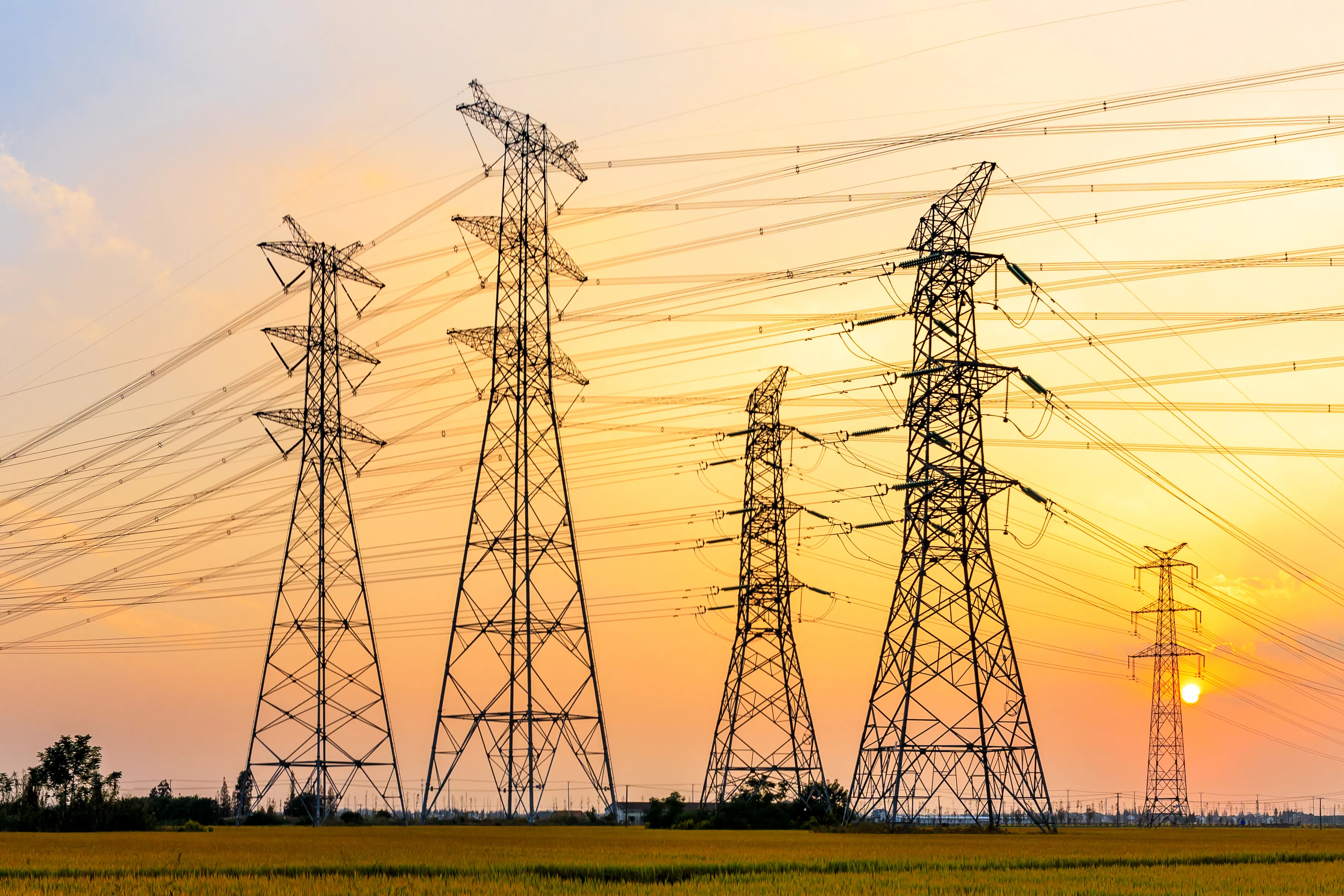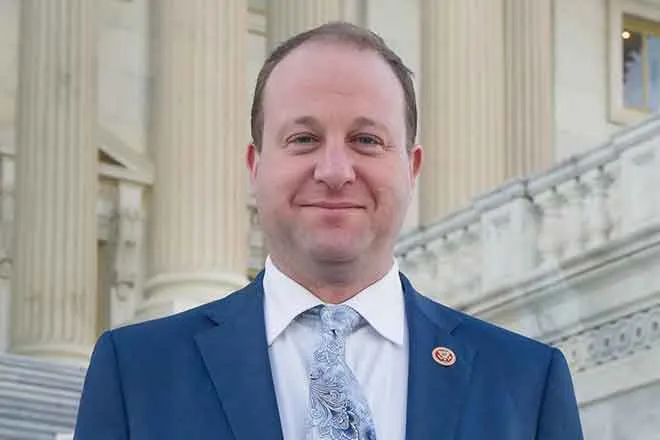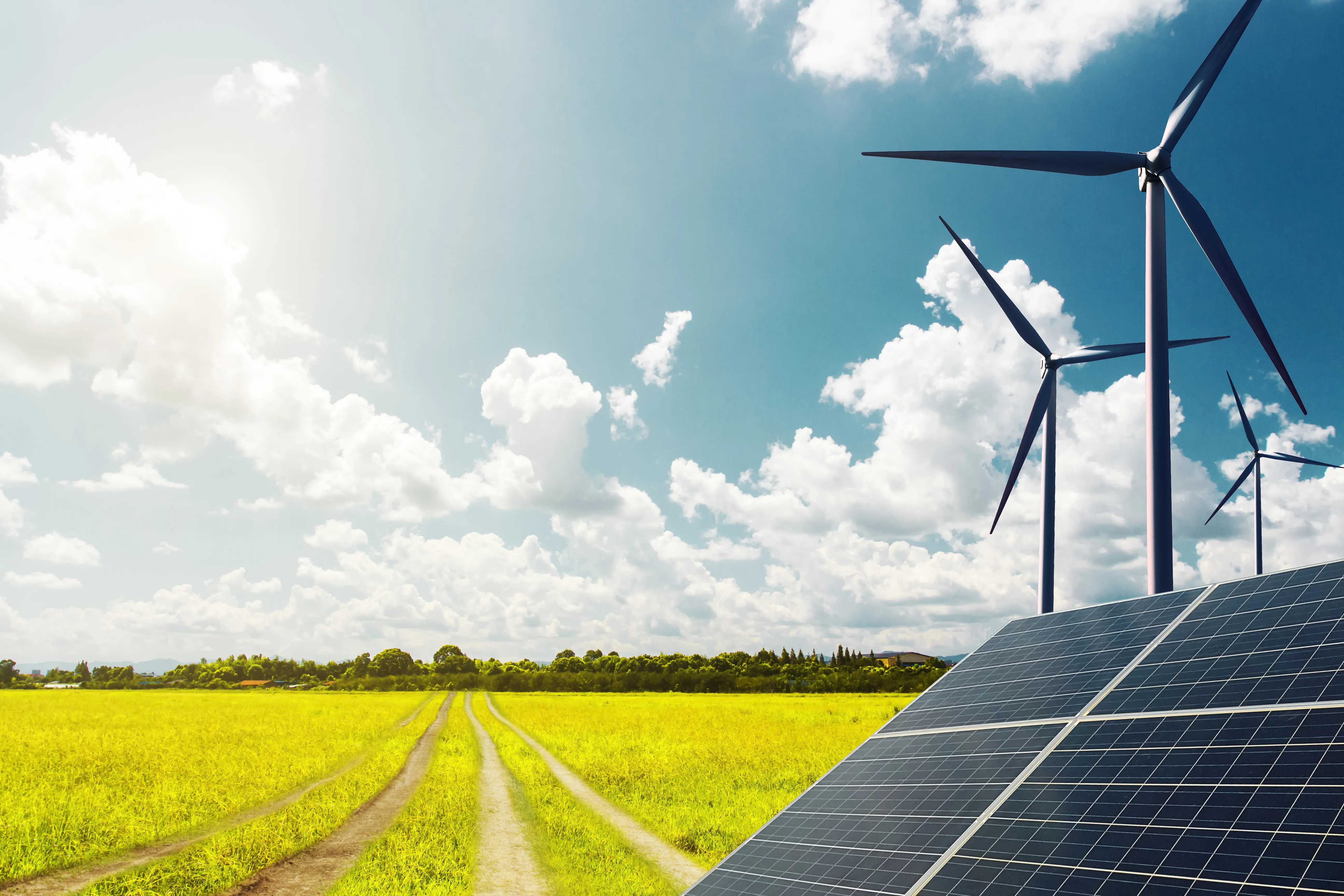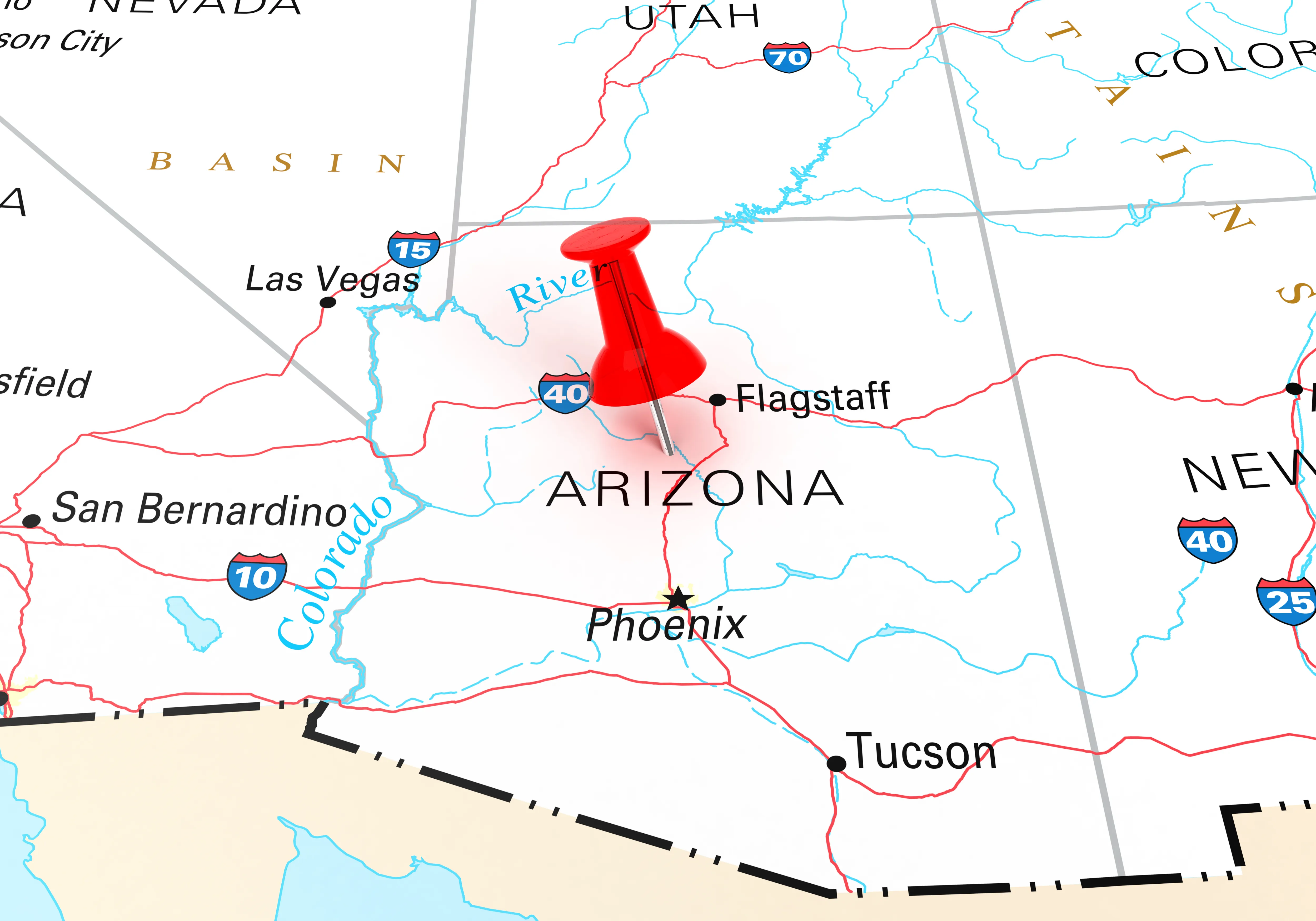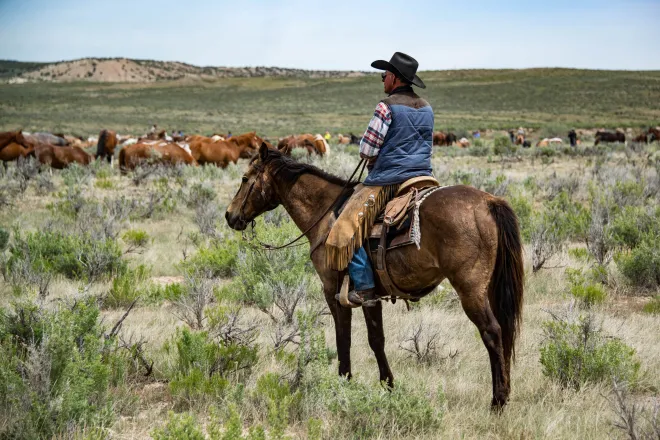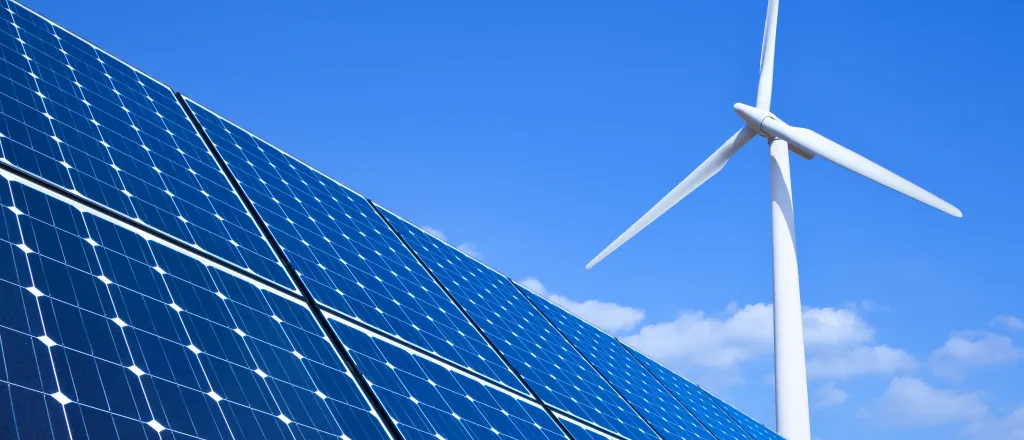
Federal budget hobbles Alaska wind and solar industries
© Eyematrix - iStock-453911335
Click play to listen to this article.
Rural Alaska power customers are likely to pay higher electricity rates as a result of the elimination of incentives to switch away from traditional fossil fuels.
The new Trump administration budget eliminated tax credits designed to encourage investment in wind and solar projects.
More than 90 percent of Alaska residents rely on power cooperatives for their electricity, which have made an effort in recent years to invest in wind and solar - especially in the most remote areas.

Alaska Energy blog author Erin McKittrick said rate payers will pay higher prices as a result of fewer alternative energy options.
"Renewable energy is holding out this promise to maybe keep rates down, but the way things are going we may not get that option, or if we get it, it might be more expensive than it is otherwise," said McKittrick. "So, everybody is going to see their rates go up."
U.S. Senator Lisa Murkowski, R-AK, tried to negotiate some alternative energy tax credits back into the bill for her state just prior to a final vote - but was not able to secure money for Alaska's indigenous whale hunters to buy equipment they rely on for subsistence hunting and fishing.
Beyond affecting larger power co-ops, McKittrick said the elimination of the tax incentives will also hurt small companies that install wind and solar power in Alaska's remote locations.
"They don't have this position where they have a huge portfolio of lots of things going on and they can handle uncertainty for one or another project," said McKittrick. "Whether they exist at all in the future is questionable I would think."
The League of Conservation Voters is working at the grassroots level in Alaska to find ways to keep wind and solar projects alive in the state as it tries to move away from a heavy dependence on diesel fuel and a dwindling supply of natural gas.


